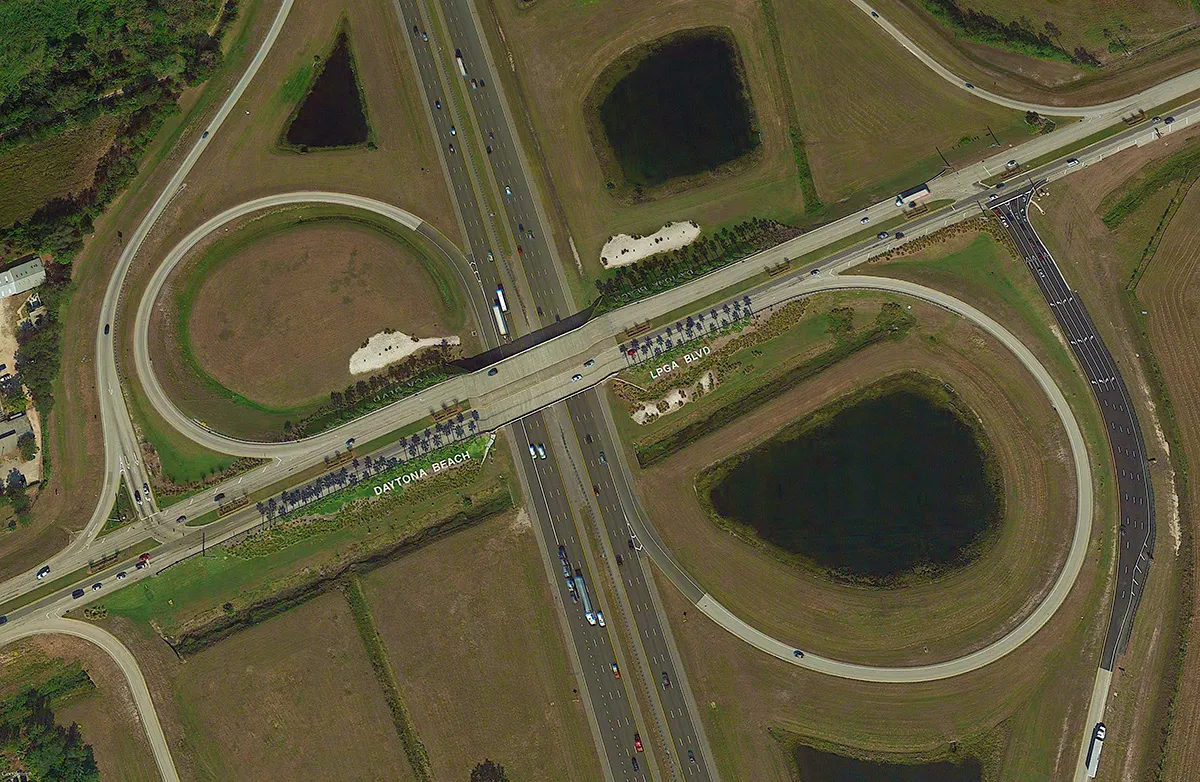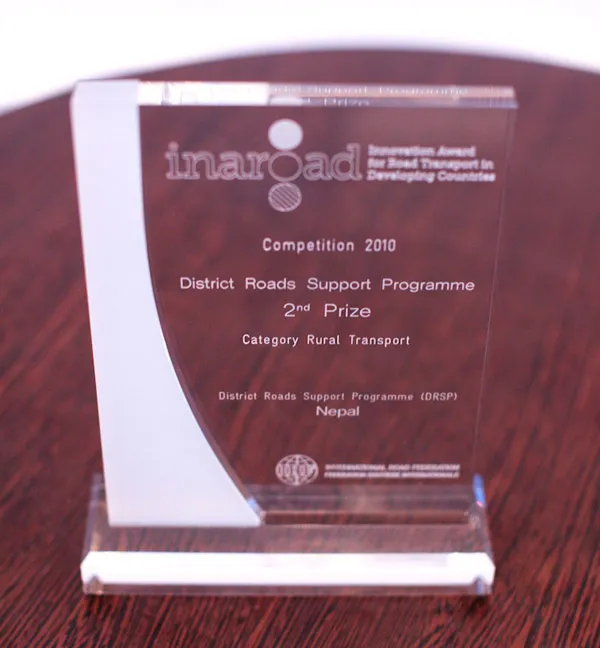The Florida Department of Transportation has awarded Parsons a contract to carry out an analysis of the I-95 Interchange with LPGA Boulevard in Volusia County. The contract involves analysing the conceptual layout and ultimate reconfiguration of the interchange, followed by providing final design services once the best solution has been selected.
The work is needed as traffic and congestion are expected to increase due to the rise in residential and commercial development in the Daytona Beach area. The I-9
February 23, 2017
Read time: 2 mins

The 2697 Florida Department of Transportation has awarded 3220 Parsons a contract to carry out an analysis of the I-95 Interchange with LPGA Boulevard in Volusia County. The contract involves analysing the conceptual layout and ultimate reconfiguration of the interchange, followed by providing final design services once the best solution has been selected.
The work is needed as traffic and congestion are expected to increase due to the rise in residential and commercial development in the Daytona Beach area. The I-95/LGPA Boulevard interchange is a crucial access point during morning and evening rush-hour traffic. The proposed reconfiguration will improve traffic conditions by boosting capacity to handle the projected traffic through the 2040 design year. Staged construction with interim improvements will be considered to address safety and operational issues associated with the current interchange configuration.
The Parsons team will analyse traffic patterns, propose conceptual interchange modifications and collaborate with area planning organisations and local government. The aim will be to alleviate traffic queues, increase driver safety, and improve the overall traffic flow. After FDOT District 5 approves the interchange concept, Parsons will prepare an interchange modification report and develop engineering plans for construction.
The work is needed as traffic and congestion are expected to increase due to the rise in residential and commercial development in the Daytona Beach area. The I-95/LGPA Boulevard interchange is a crucial access point during morning and evening rush-hour traffic. The proposed reconfiguration will improve traffic conditions by boosting capacity to handle the projected traffic through the 2040 design year. Staged construction with interim improvements will be considered to address safety and operational issues associated with the current interchange configuration.
The Parsons team will analyse traffic patterns, propose conceptual interchange modifications and collaborate with area planning organisations and local government. The aim will be to alleviate traffic queues, increase driver safety, and improve the overall traffic flow. After FDOT District 5 approves the interchange concept, Parsons will prepare an interchange modification report and develop engineering plans for construction.









